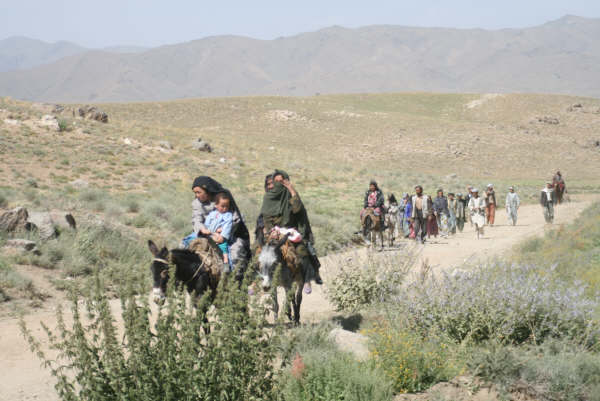
Writer: Khaliq Ebrahimi
Translator: M-Rezaie
Ethnic and religious minority groups in Afghanistan are not merely “a victim community” with easy access for the terrorist groups, but they not only are deprived of the support of legal institutions, but discriminated against by regimes, governments, and the systems. Discriminatory laws have been enacted on them, government services have been denied to them, they have not benefited from urban and rural development programs and their access to education has been restricted and countless other cases.
Out of the victim communities, Hazaras have been at the top of the list; they not only have been one of the main targets of the terrorist groups but they also have been denied the public services and national resources and opportunities. If Hazaras living in urban areas are targeted systematically by the terrorist groups, those Hazaras who live in the rural areas face another type of serious challenge. The rural people whose lives depend on agriculture and livestock shall protect themselves against the attacks of nomads (Kochis). It is an issue that occurs every year and no viable solution has been found for it yet.
A Bloody Struggle
The struggles between Kochis and Hazaras is not new phenomenon, but its foundation was laid out the end of 19th century by Amir Abdul Rahman Khan. Amir Abdul Rahman when returned of the war with Hazaras after 8 years, he gave the Hazaras lands to Pashtuns as a royal disgrace. Khalid Salih explained the conflicts on natural resources in Afghanistan on Radio Zamana as this; “Abdul Rahman Khan not only moved a huge population of Pashtun tribes to the central Afghanistan and north skirts of Hindukush, but displaced Hazaras from Kandahar, Daichopan, Dehrawod and other places after they were defeated in order to alter their ethnic and population structures.”
As the next step, Abdul Rahman Khan changed the lands of Hazaras located behind the water canals to pastures and gave them to Kochis in a decree. Based on this decree, Kochis could use these lands as pastures and no one was allowed to disturb them. Those lands of Hazaras which could be irrigated were used by Hazaras, and the lands behind canals were used by Kochis by force while Hazaras in central Afghanistan depend on agriculture and livestock and their only resource was their lands.
Since that time a century has passed, but there are clashes every year between Kochis who come from other parts of Afghanistan with Hazaras who own the lands. In most cases, there are armed conflicts that inflict casualties on both sides. On one side, there are Hazaras who think they not only own these lands and have paid heavy taxes for them and also consider the pastures as their properties, on the other hand, there are Kochis with a decree which says they not only can use these pastures but they own it if they want.
“Afghanistan Research and Evaluation Unit”, has conducted research on the conflicts between the Kochis and Hazaras. The research concludes the conflict as a deep-rooted and old conflict in the country. It also believes enacting new laws on pastures can’t put an end to this conflict. AREU considers the conflict as p a political skirmish and there shall be a political solution to address it. The research has quoted the conflict as mostly a political issue from the point of the view of some of the Afghan government officials and they hey have suggested addressing it politically.
The next issue is that Kochis has been used as a pressure mechanism by Afghanistan rulers agsinst Hazaras since they have been allowed to bring their cattle to Hazara lands. Hazaras believe it is why such conflict has continued to present and Hazaras do not consider the government as an impartial side as siding with Kochis in this conflict. When Kochis tried to use Hazaras lands in central Afghanistan, in Behsud district of Maidan Wadak province there was a bloody clash between the two sides. Hundreds of the households left their homes and 10 people were killed.
Measures Taken by Governments
Afghanistan’s governments have taken urgent initiatives to content Kochis to leave the area when there has been a conflict in the area. Such an approach not only has not solved the problem but both sides use it as a means to get prepared for a new round of confrontation. Daily 8 Subh writing, “Bribing could not prevent the conflict”, criticized the government’s approach to solve the conflict between the Kochis and the Hazaras. The writer accuses the government of paying ransom to Kochis. It says the government has paid Kochis millions of Afghanis to leave Behsud district of Maidan Wardak Province in order to prevent its negative impacts on the elections. While Hazaras were harmed by Kochis but they received no supports of compensations. When the round of the Kochis rush started, Hazars tried to interact with a civilized approach and did not want to have clashes with Kochis asking the government to resettle the Kochis according to the constitution. According to the BBC report, Hazaras staged one of the biggest civil demonstrations in the spring of 1388 (2009) saying Hazaras demanded the government to resettle the Kochis, disarm them, and pay compensations for the harms they have inflicted on Hazaras. “They demanded the resignation of the Afghan president, Ministers of Defense and Interior, disarming the Kochis, making them to leave the area quickly, pay compensations, and preventing any clashes between the Kochis and Hazaras in the future were the main demands of demonstrators.”
When peaceful approach had no achievements for Hazaras, they had no other options but to stand against the Kochis aggressions to prevent them from entering their residential areas, agriculture, and pasture lands. “Afghanistan Research and Evaluation Unit” in a report has quoted the local people that for the first time during Karzai’s government in 2009 and 2010, the Karawan of Kochis shot dead a Hazara man who did not allow the Karawan to pass through his land lands in Behsud of Maidan Wardak Province
After such incidents and taking a passive stance by the Afghan government some militia groups were formed to protect the people against the Kochis. This bloody trend continued until last year causing numerous casualties and Afghan governments has not been able to address it yet.
By the Taliban takeover and elimination of the popular armed groups, it is likely the Kochis to dominate the central highlands with peace of mind.


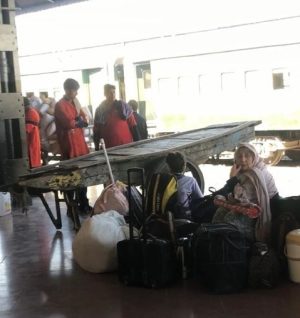
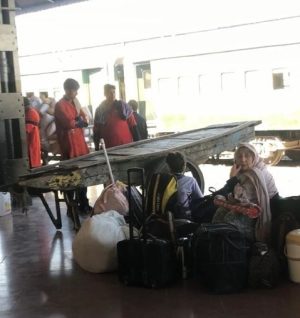

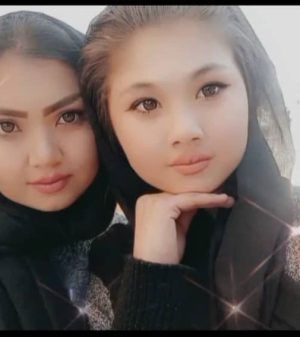
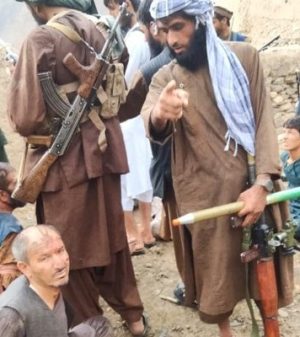
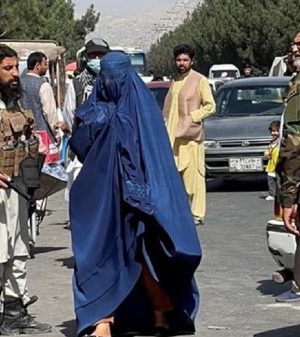
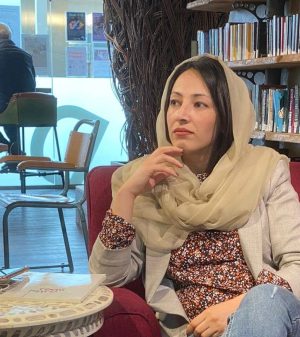
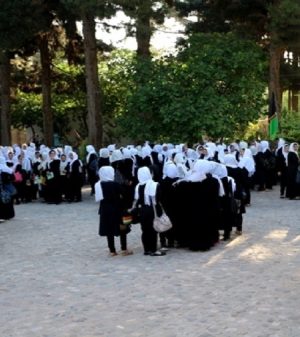
Add Comment